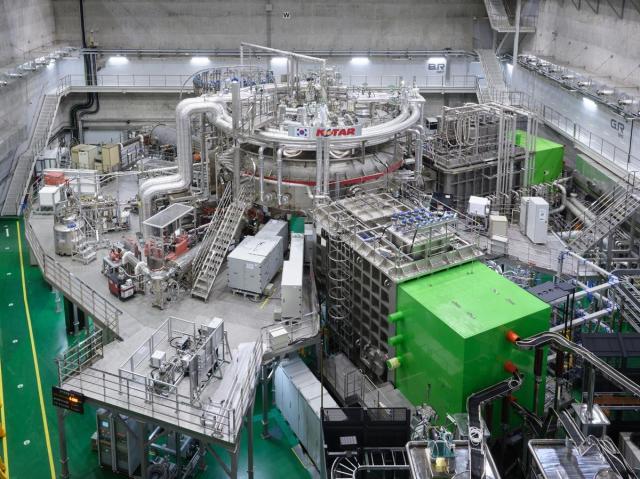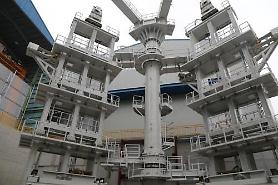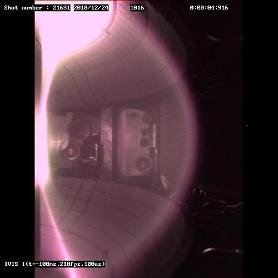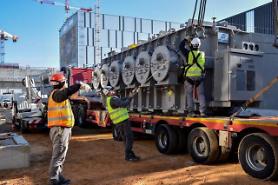
SEOUL, March 21 (AJU PRESS) -- Researchers have achieved the longest-ever operation duration of South Korea's artificial sun project called "Korean Superconducting Tokamak Advanced Research (KSTAR)." The new test record brings the artificial sun project one step closer to the realization of limitless energy production with zero greenhouse gas emissions or zero radioactive wastes.
KSTAR, an experimental tokamak device, aims to harness the energy of nuclear fusion. Fusion, the process of powering the sun and other stars, involves the combination of two light atomic nuclei to form a heavier nucleus, releasing a substantial amount of energy.
A tokamak resembles a doughnut-shaped magnetic confinement device. It relies on powerful magnetic fields to contain hot plasma, a state of matter composed of charged particles like ions and electrons, at extraordinarily high temperatures. These temperatures are crucial for initiating and sustaining fusion reactions.
South Korea's National Fusion Research Institute (NFRI) said that its researchers conducted plasma tests from December last year until February to successfully operate the artificial sun in high confinement mode (H-mode), involving high ion temperature exceeding 100 million degrees Celcius, for 102 seconds.
The researchers also broke the record for the duration of super-high temperature plasma mode operation for 48 seconds from the previous world record of 30 seconds in 2021. NFRI said that the extended operation duration of the tokamak was attributed to an upgraded diverter installed in December 2023.
A diverter is a plasma-facing device located at the bottom of a vacuum confinement vessel, where the intense heat flux of the plasma is generated. The diverter acts as a shield to prevent direct contact of plasma heat flux with the vacuum vessel. It also serves as an outlet for various impurities generated during the fusion process, helping the fusion reactor to maintain high plasma performance.
To sustain a prolonged ultra-high-temperature plasma, it is crucial to secure a divertor with excellent heat-resistant capabilities that can withstand the increasing thermal energy proportional to the plasma's operating time.
Previously, the KSTAR device had a carbon-based divertor but the fusion reactor's operation involving temperatures of more than 100 million degrees Celsius and increased operation hours pushed the limits of the carbon device. The prototype of the tungsten diverter was made in 2021 and the installment of the new diverter was kicked off in September 2022.
NFRI's goal is to extend the duration of KSTAR's super-high temperature operation to up to 300 seconds by 2026. " Based on the stable operation of the KSTAR device, we will lead the International Thermonuclear Experimental Reactor (ITER) experiment and secure key technologies for the construction and operation of the nuclear fusion demonstration reactor," NFRI President Yoo Suk-jae said in a statement on Wednesday.
Yoo added: "This achievement also signals a green light for securing the essential technologies required for the operation of the nuclear fusion demonstration reactor."
Copyright ⓒ Aju Press All rights reserved.




